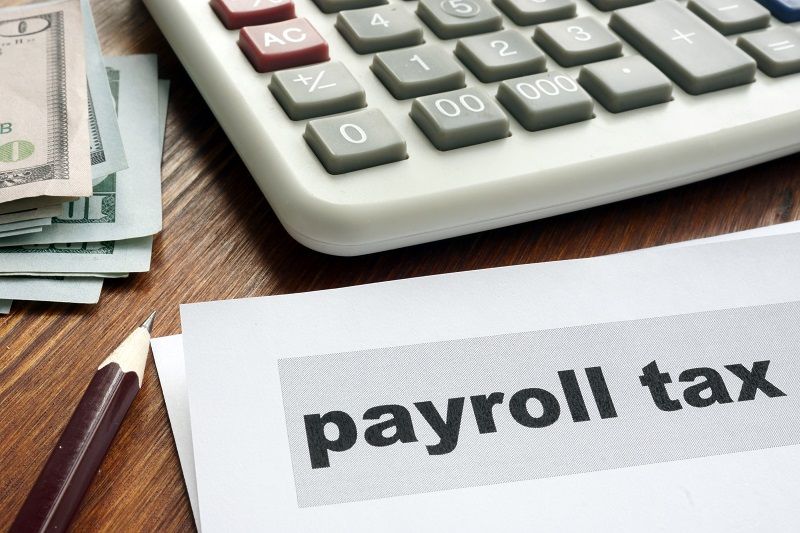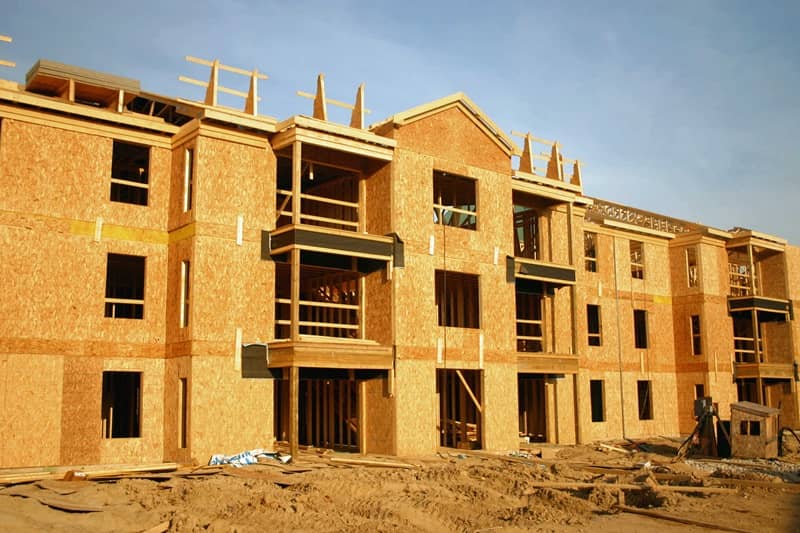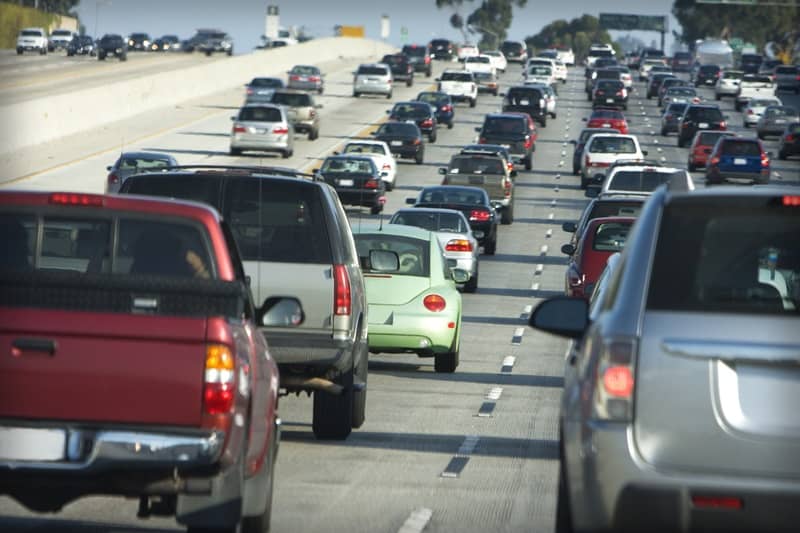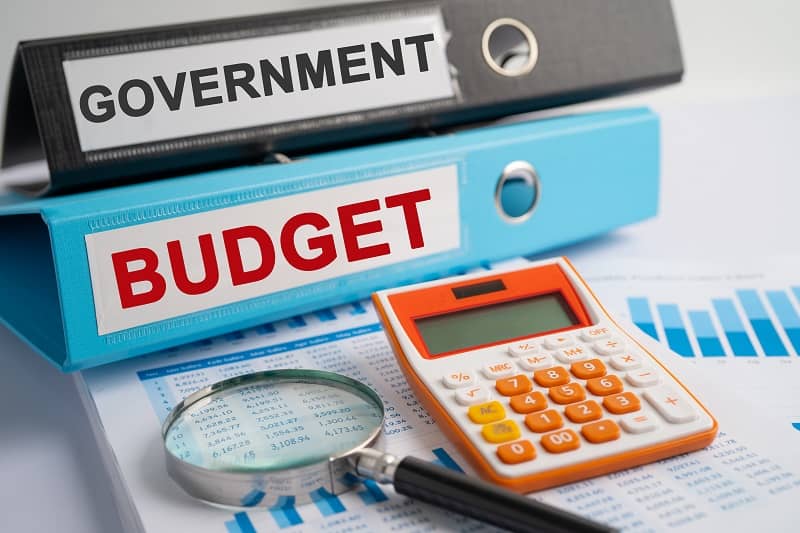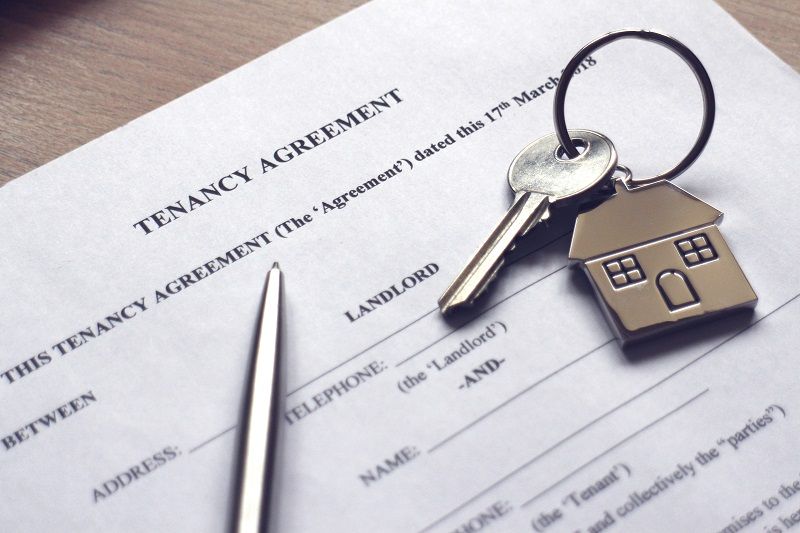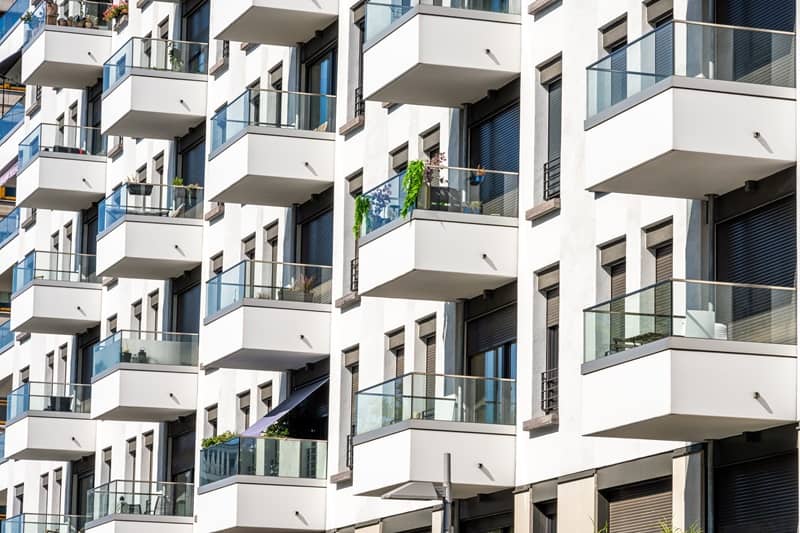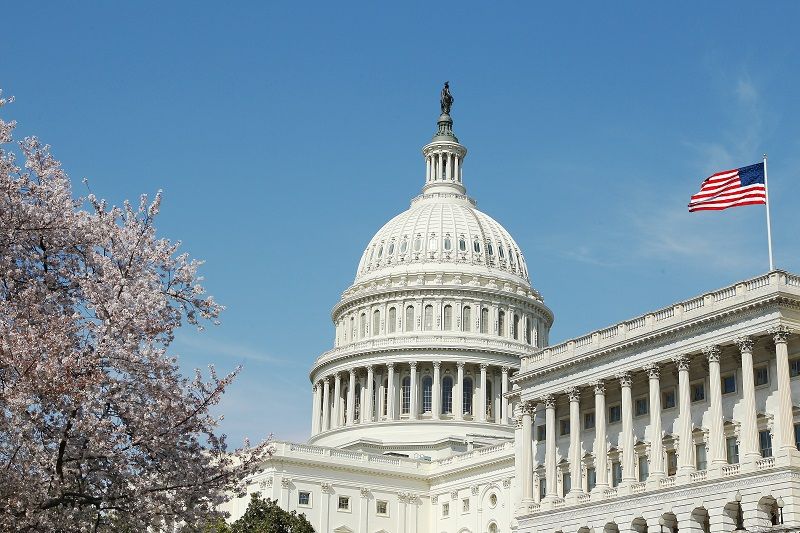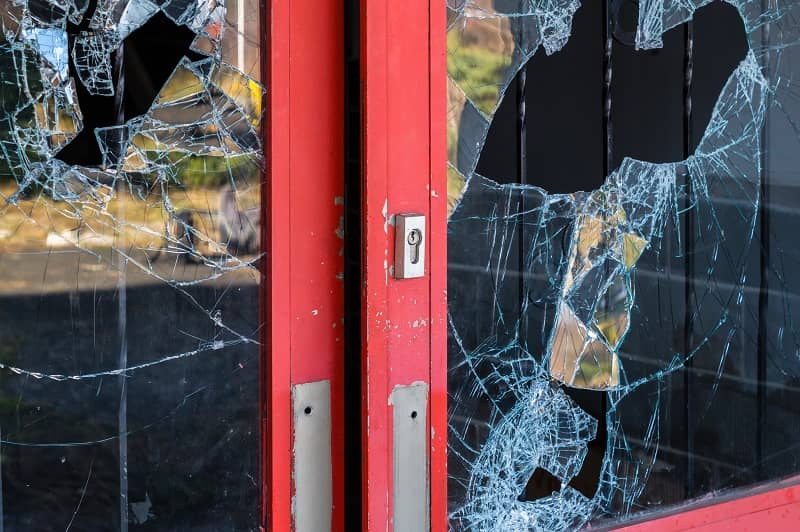Since 1995, Metro has been steadily buying up thousands of acres of undeveloped land with bond money approved by the voters. Most of the large parcels are located far from population centers, often outside the Portland urban growth boundary.
In addition to their being geographically remote, Metro has made little effort to provide public access to these lands. Entrances are frequently gated and locked, signage is poor, and there are few parking lots or restrooms.
Unfortunately, this problem will not be addressed with Metro’s proposed levy (Measure 26-152) that will be on the May 21 ballot. Metro officials have stated that if the operating levy passes, only 5-15% of the money will be used to make natural areas more accessible to the public.
According to the levy proponents, the rest of the estimated $10 million in annual tax funding will go to the following uses:
- improving water quality in rivers for salmon and other native fish;
- restoring wildlife habitat;
- removing weeds;
- restoring wetlands; and
- providing nature education programs.
While some of these uses sound good, we are already paying for similar programs through other taxes. For instance, we pay electricity surcharges of $650 million annually to finance the Columbia River Basin Fish and Wildlife Program (administered through the Northwest Power Council). Since 1978 we’ve spent more than $14 billion on regional fish and wildlife habitat improvements. There is no justification for spending an additional $10 million through the Metro levy.
Moreover, Metro’s conception of “habitat restoration” is not very compelling. It includes projects such as clear-cutting politically incorrect tree species (Douglas fir) in order to re-plant with Oregon white oak. There is no scientific reason to replace one tree species with another; it is simply an aesthetic preference of Metro planners.
Given that taxpayers already have provided more than $300 million for Metro to buy up lands, a more respectful approach would be for Metro to make public access the top priority and to pay for it out of Metro’s general fund. Over the past decade the Metro budget has grown steadily, and more than 60 new full-time employees have been hired. Obviously, Metro could pay for parks maintenance without a levy.
We also know that maintenance should not cost $10 million annually, because in 2011, Metro’s net operating cost of managing seven natural areas was only $630,747. Even if Metro had to maintain 25 areas instead of seven (as would be the case under this levy), maintenance costs should be closer to $3 million, not $10 million.
As the national recession continues, Oregon families have had to make difficult choices in order to stay afloat. Many people have lost homes to foreclosure or had their electricity shut off. Metro councilors need to do some belt-tightening of their own. They should pay for operations of natural areas out of existing revenues and make public access to those areas the top priority.
John A. Charles, Jr. is President and CEO of Cascade Policy Institute, Oregon’s free market public policy research organization.
